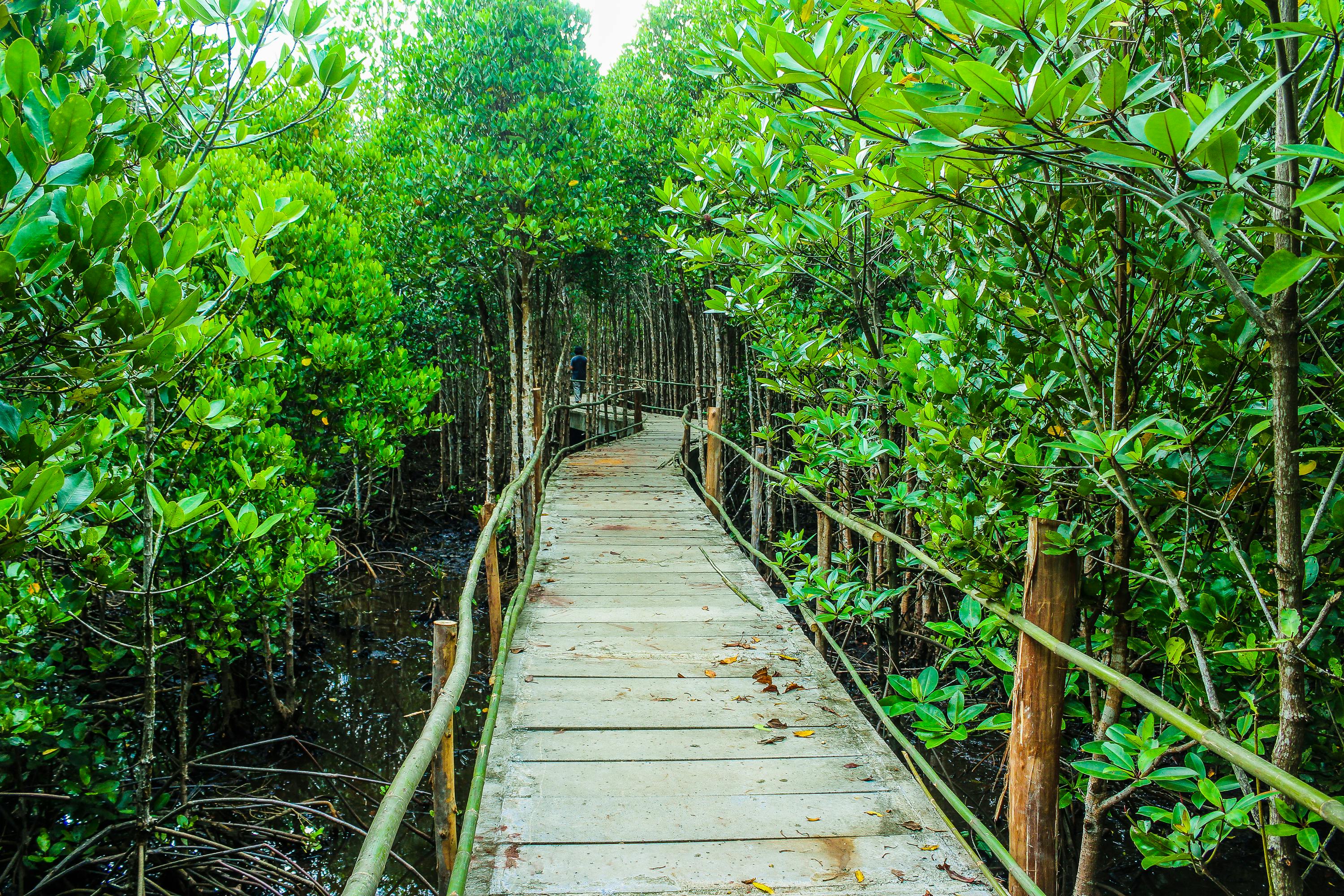Status of Mangrove Species Found in Purok Pag-Asa, Brgy. Dahican, Mati City, Davao Oriental
DOI:
https://doi.org/10.59120/drj.v11i2.368Keywords:
Human disturbance, mangrove, Rhizophora, salinity, anthropogenic factorAbstract
The assessment of the status of mangrove species located in Purok Pag-asa, barangay. Dahican, Mati City, Davao Oriental was conducted. There were 4 transect lines made with 3 plots according to the zonation pattern from landward, midward to seaward. The data gathered were from December 2015 to February 2016. After 3 months of assessing and determining the different mangrove species, eight species of mangroves were found belonging to 4 families, specifically the families of Rhizophoraceae, Avicenniaceae, Sonneratiaceae, and Aegiceriaceae. The Rhizophora group mostly dominated the four stations established in the area. Most species were found in the landward zones except in station four. The status of anthesis was also recorded, and it has been found that the Rhizophora group, Ceriops species, Bruguiera sexangula, and Sonneratia alba were the most species found bearing flowers, seeds, and propagules. Environmental parameters like temperature, salinity, and substrate type highly affect mangroves' growth rate, reproduction, and survival. Human settlement was widespread, and places have been cut down for various reasons. Some were cut to make or widen the way to the sea. Some were cut to widen the spaces for their houses, and some were destroyed for firewood use. Mangrove species were highly dependent on some environmental factors, and with some intervening factors, mangrove species were highly affected. Mangrove species' survival rate, especially mangrove saplings and seedlings, depends mainly on their environment. Disturbances such as human intervention affect mangrove reproduction, growth, and survival rate.
Downloads

Downloads
Published
Issue
Section
License
Copyright (c) 2017 Anielou T. Uyanguren

This work is licensed under a Creative Commons Attribution-NonCommercial 4.0 International License.
DRJ is an open-access journal and the article's license is CC-BY-NC. This license allows others to distribute, remix, tweak, and build on the author's work, as long as they give credit to the original work. Authors retain the copyright and grant the journal/publisher non-exclusive publishing rights with the work simultaneously licensed under a https://creativecommons.org/licenses/by-nc/4.0/.





